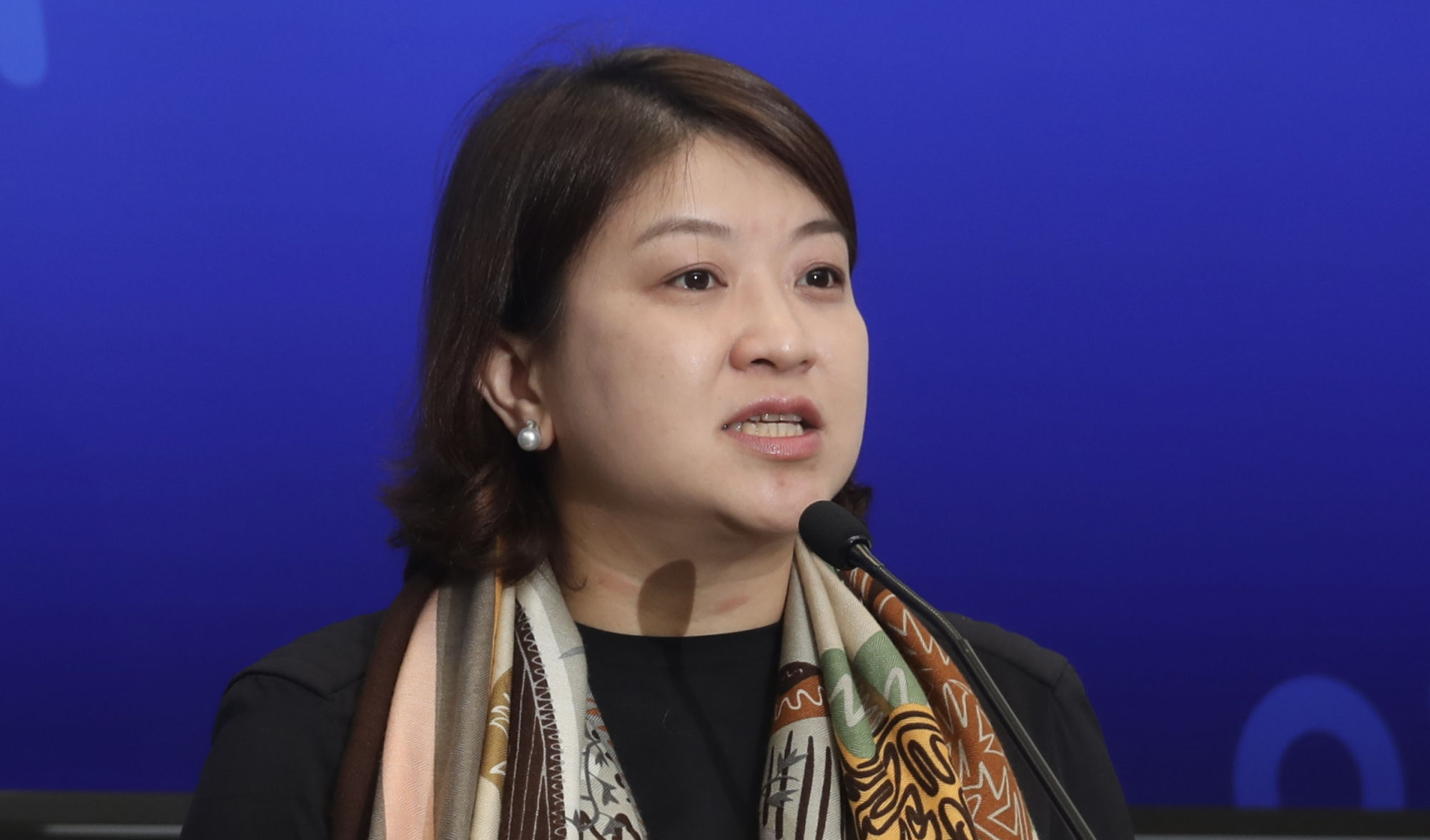Medical programme must align with city’s needs to gain recognition in Hong Kong: official
Debate on whether Hong Kong would need a new medical school continued, as the city is estimated to be short of 1,440 doctors next year, with the figure further increasing to 1,570 in 2030, based on the projection done by the Hospital Authority.
The Post earlier reported that Hong Kong University of Science and Technology was discussing establishing a medical school in the city with Imperial College London.
The proposed school could be the city’s third, along with the existing two in University of Hong Kong and Chinese University of Hong Kong.
Without naming any institution, Lee said it would be crucial for a medical programme to meet local standards.
“Content of the programme is the most important,” she said when listing out factors the government would consider.
“It must meet local requirements and demands ... if it just directly copied an overseas university programme and made no changes based on the local situation, it would be relatively difficult to meet standards set by the Medical Council of Hong Kong.”
She said the council, which regulates the city’s doctors, had specific requirements and would only issue practising licences to graduates of recognised programmes.
An insider previously also told the Post that Queen Elizabeth Hospital, a major facility in Jordan, had spoken with HKUST about the possibility of becoming a teaching hospital. But Lee on Friday dismissed the idea of using existing facilities.
“Can the teaching hospital be linked with an existing facility? I have reservations about this,” Lee said.
“Existing hospitals do not have facilities suitable for a university operation. A university hospital would need other hardware such as laboratories and research facilities for staff, but hospitals in general do not have these.”
She said the Health Bureau since last year had been in contact with universities which had voiced interest in opening medical programmes.
Lee said the government also expected the new programme to be able to have new sources of students and raise the medical innovation competency in the city.

A shortage of dentists has also been an issue highlighted by authorities, and an amendment bill related to registration of dentists was recently passed in bid to increase more non-locally trained professionals in the city.
But the manpower projection, based on government population data in 2019, estimated that the dentist shortage would ease gradually and see a surplus of 20 people in 2040, triggering questions from lawmakers over the reliability of the estimation.
“I’m a bit surprised to learn from the authorities there will be a surplus in [dentists],” said lawmaker Peter Koon Ho-ming. “In the future, with an ageing population, I don’t think there will be a surplus in dental services.”
He criticised the calculation methods of the projection, which was based on past government surveys on usage of public and private dental services.
Lawmaker Kitson Yang Wing-kit also cast doubt that projection of having enough psychiatric nurses in 2030 was an accurate estimation.
“There has been cases of students committing suicide ... could the needs of the community and schools be also included in the projection so it could more accurately reflect the situation?” he said.
Authorities said the projection was based on the current modes of services, and new estimation would be needed if there were changes.
They also admitted that factors such as the trend of Hongkongers going northbound for medical services, as well as policies to introduce more non-locally trained dentists and nurses, were not considered in the projection.
Lee said those could be added in the next round of projection, which was done every three years.